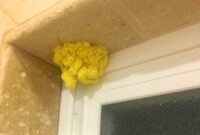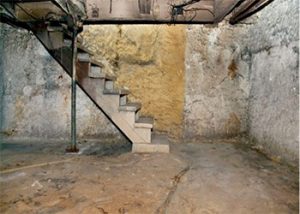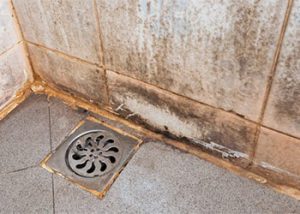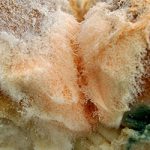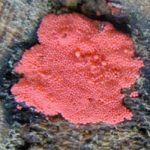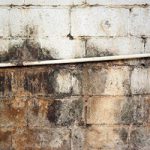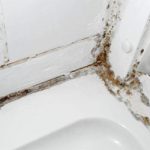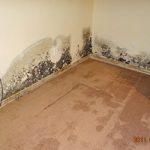How To Clean Mold Off Walls In Bathroom – If mold has actually started to expand in your restroom you require to eliminate it promptly. You could make use of a sponge, fabric or rubbing brush to tidy mold off many shower room surface areas and an old toothbrush to obtain right into difficult to get to locations where mold has actually started to expand.
For this task, we will certainly concentrate on resolving the mold problem. Eliminate the mold. It generally expands in moist, cozy problems without much air movement, which is why house restrooms and loft space areas commonly experience mold.
The even more damp your house is, the much more most likely it will certainly be a sanctuary for mold spores. Air vent big devices, such as washer/dryers, as well as your restroom and kitchen area.

Mold could usually expand on drywall and painting interior wall surfaces, particularly in locations where dampness and moisture are an aspect, such as kitchen areas and washrooms. If the drywall stays damp, mold could start to expand and permeate the drywall throughout.
Mold usually expands on ceramic tiles or in the cement around them.
Mold expanding in cement could be much more challenging. Bleach could commonly be valuable for eliminating mold in cement and fading away mold discolorations. Using sealant to the cement could likewise be handy. If you cannot obtain all the mold off cement you could get rid of and change the cement. Make use of a level screwdriver to scuff out the old cement then use the new cement mix.
Leave the washroom door open somewhat throughout and after showers, and maintain the follower on later. Since the mold shows up in between the shower and the door, an indication that heavy steam is condensing and taking much longer to completely dry there, check whether attic room insulation is slim expenses, thinking the shower room is on the leading flooring, see Remove Mold Inspection through These Ways.
If the problem lingers, paint with an item made particularly to withstand mold and mold. Lots of various other interior paints likewise have actually active ingredients made to withstand mold. Prior to your painting, completely clean off the surface area and after that go over it with a bleach service. Zinsser suggests a mug of bleach to a gallon of water, a proportion of 1 to 16, while Sherwin-Williams states to utilize a 1 to 3 proportion.
To secure on your own versus fumes and caustic sprinkles as you function, open up a home window, turn on the follower and place on safety glasses and rubber handwear covers. Leave the remedy on the ceiling for 10 mins, after clean away the deposit with clear water.
Zinsser’s paint is self-priming, which means you do not require a guide – other than when the surface area is tarnished. Due to the fact that you state you see dark locations after you scrub, do make use of a stain-blocking guide.
To discover one that functions well is fairly silent, and makes use of power effectively, look for a version with the government Energy Star ranking. Also, huge a follower wastes power, while one that’s as well little does not eliminate adequate damp air to stop mold.
We have a fiberglass front door that looks like timber and has a mail port. We filled up the port with foam core insulation since air streamed with it. We would certainly such as to cover the main port with a wonderful brass plate for visual factors and due to the fact that some mail providers still attempt to utilize the port.
Table of Contents
Your turn: Cleaning composite wood decking
A viewer in Ashburn reacts to a current column that dealt with issues with mold areas on wood decking: “You recommended cleaning mold up regularly with cleaning agents. We mounted a composite deck 8 years back, and every springtime it came to be covered with a penny- to quarter-size black places.
” The source of this problem is that composite outdoor decking, made from sawdust and plastic, is permeable. Downwind of trees, plant pollen chooses the surface area and ends up being ingrained in the pores. Mold and germs after that established light housekeeping on the plant pollen, which is their food resource.
We lastly made a decision to tarnish our composite deck and seal it. We low-pressure-washed it as ideal we could, allow it completely dry, and after that used 2 layers of Cabot Composite Decking Stain. We secured the deck with PSC Deck Protector, a silicate-based sealant.
